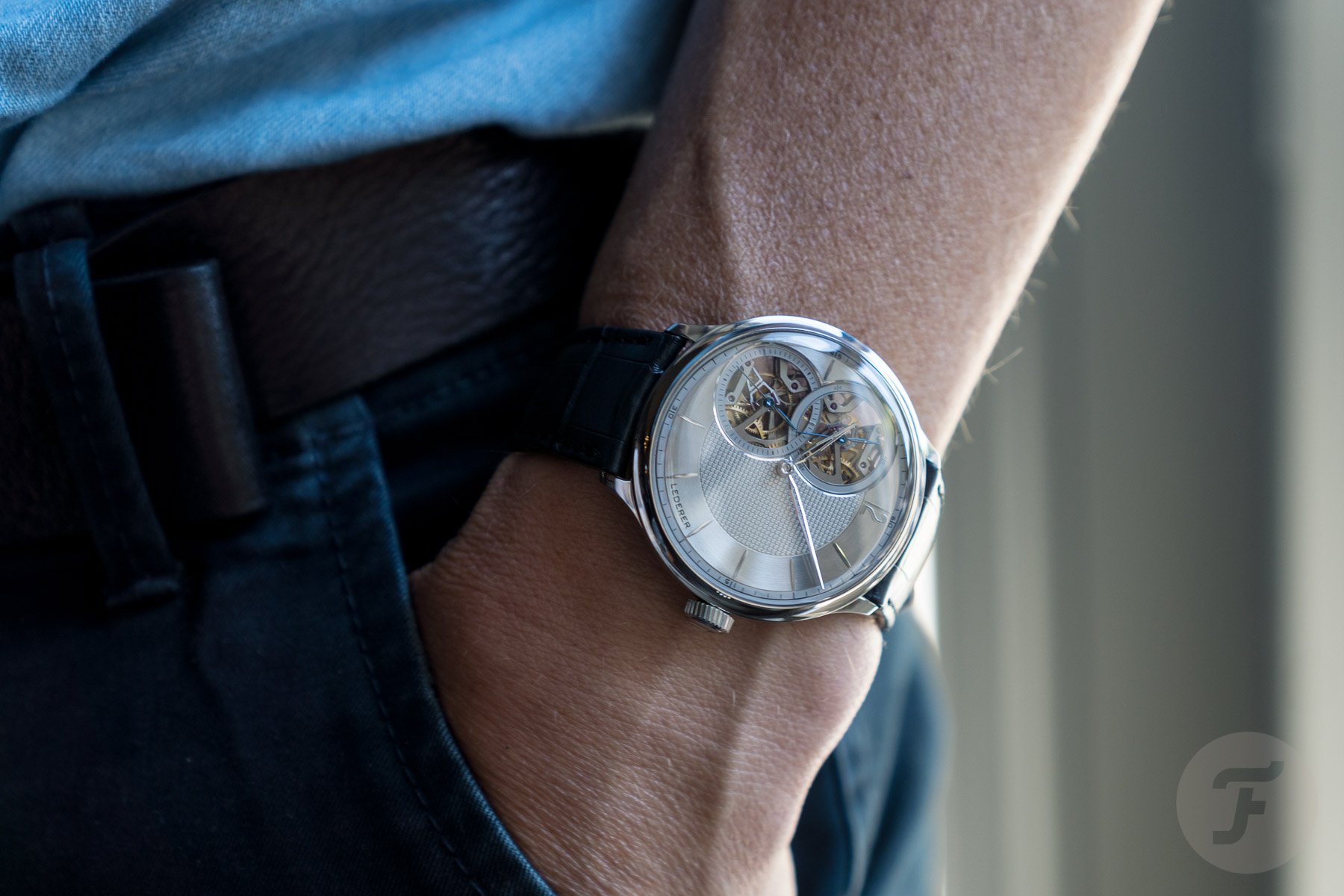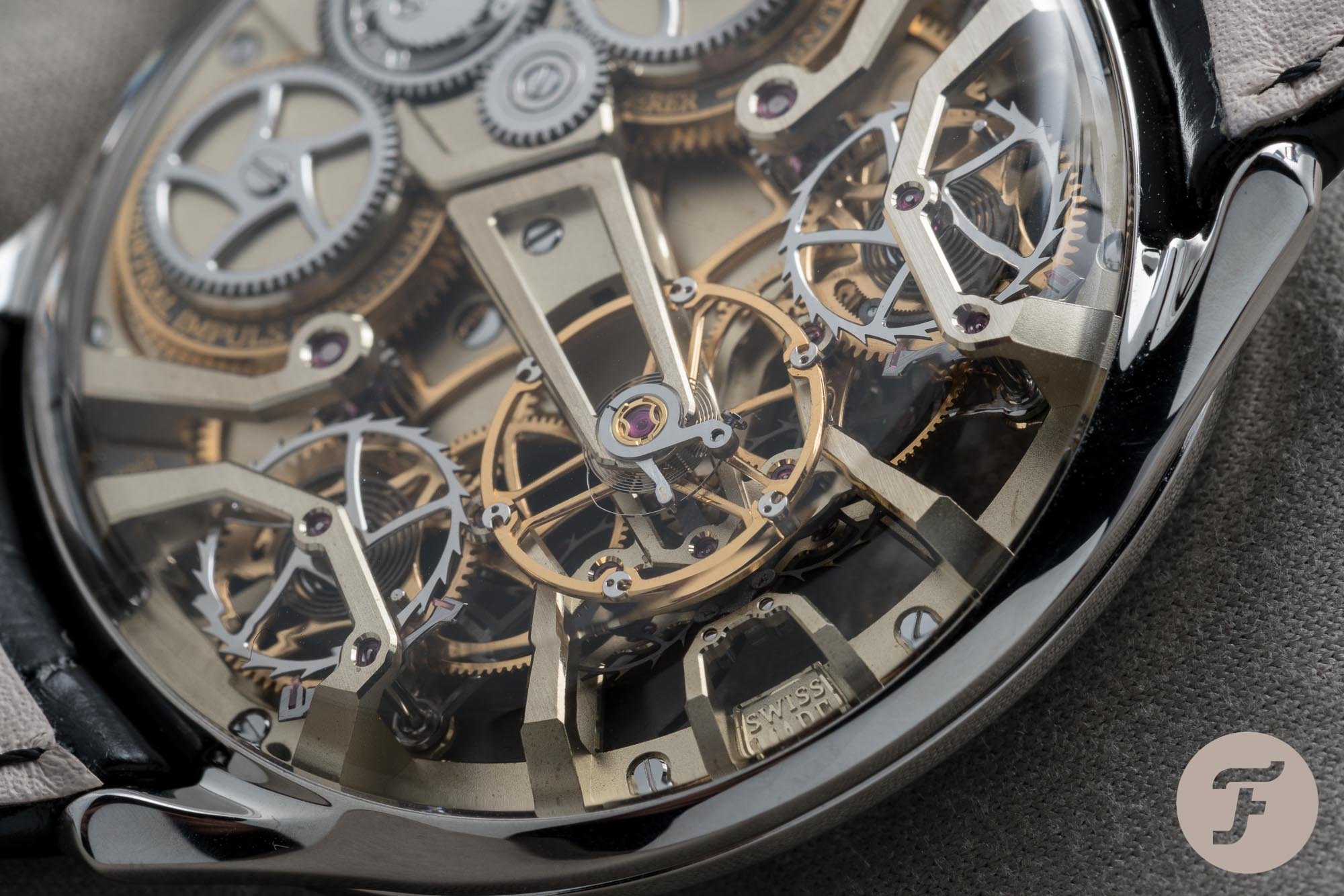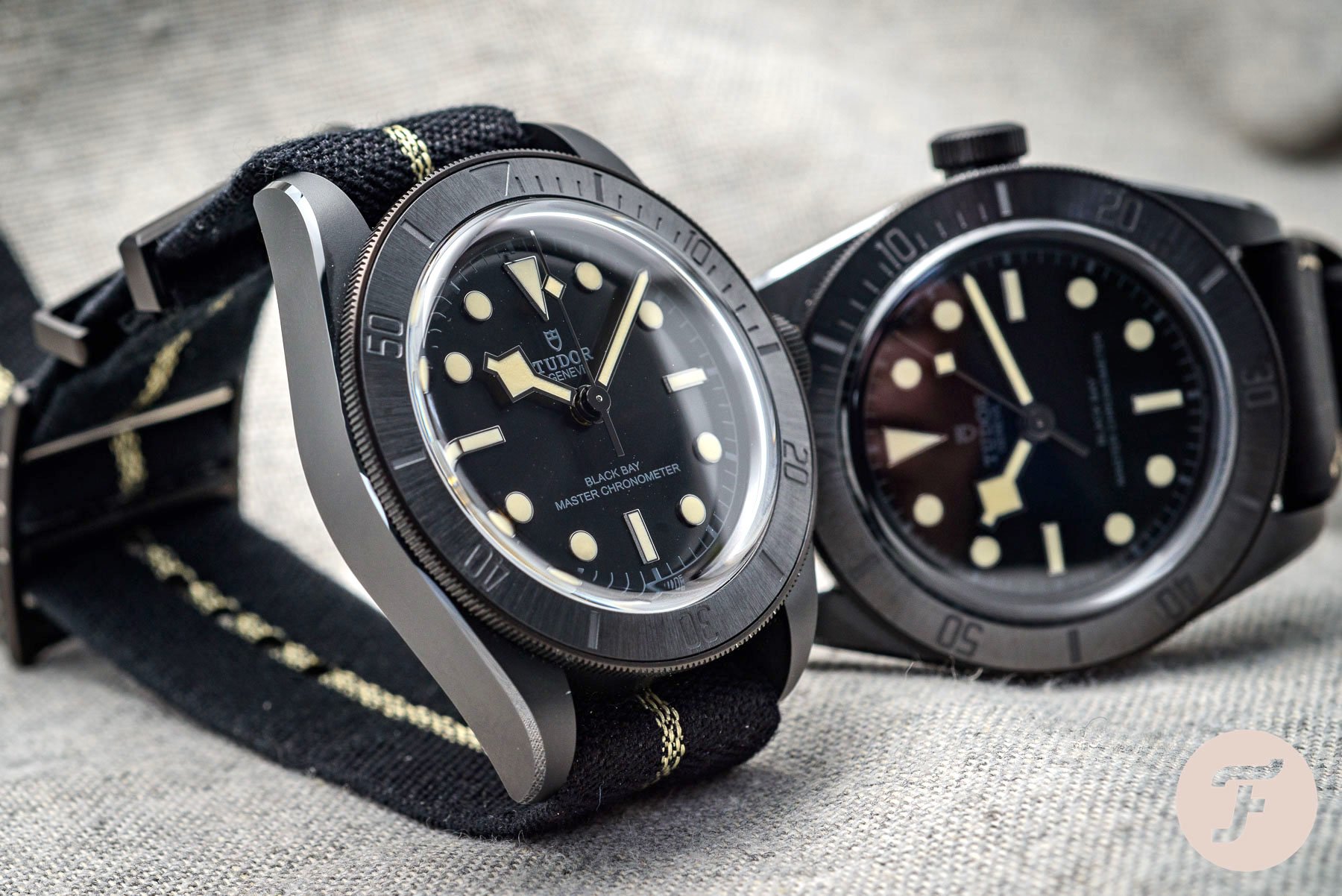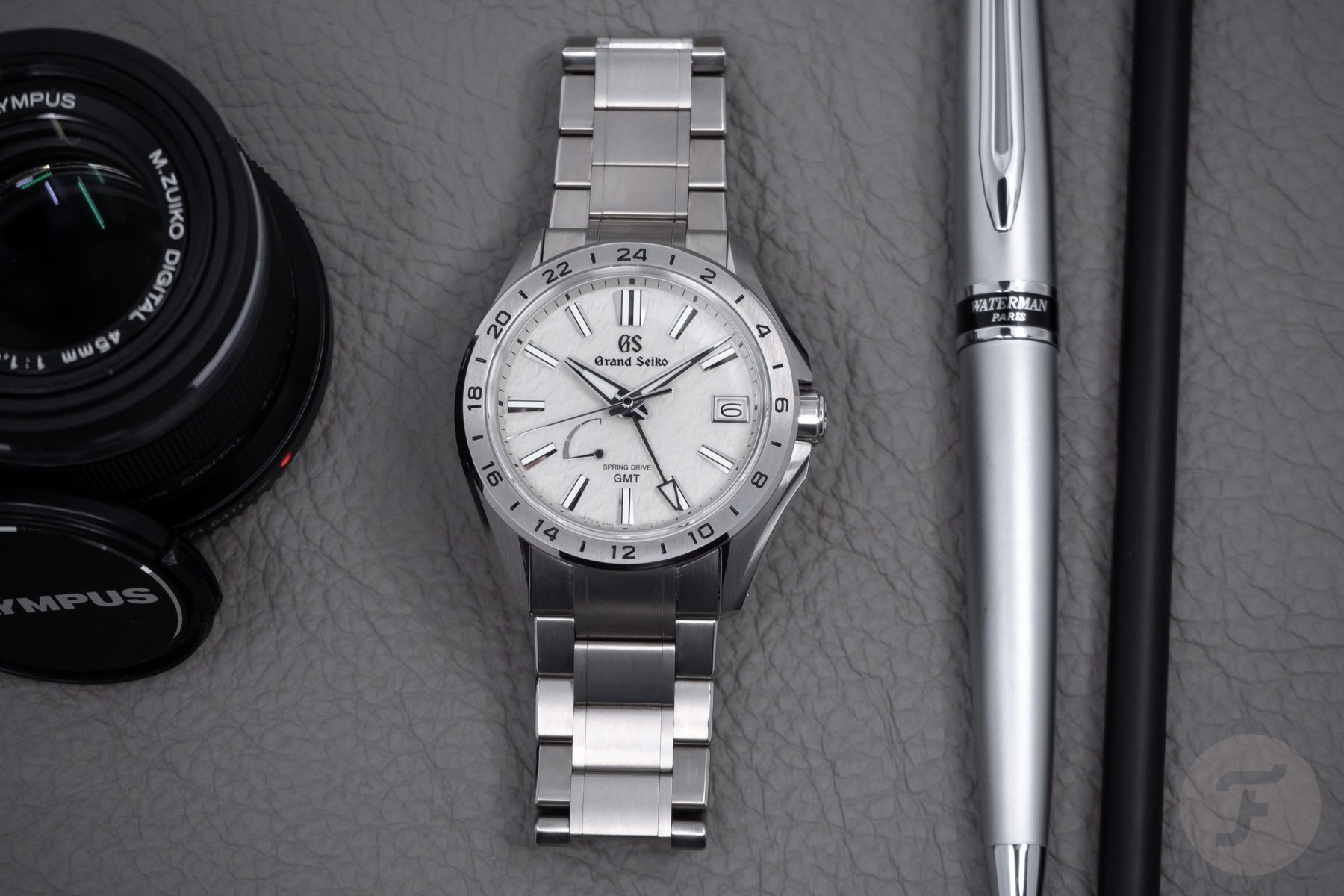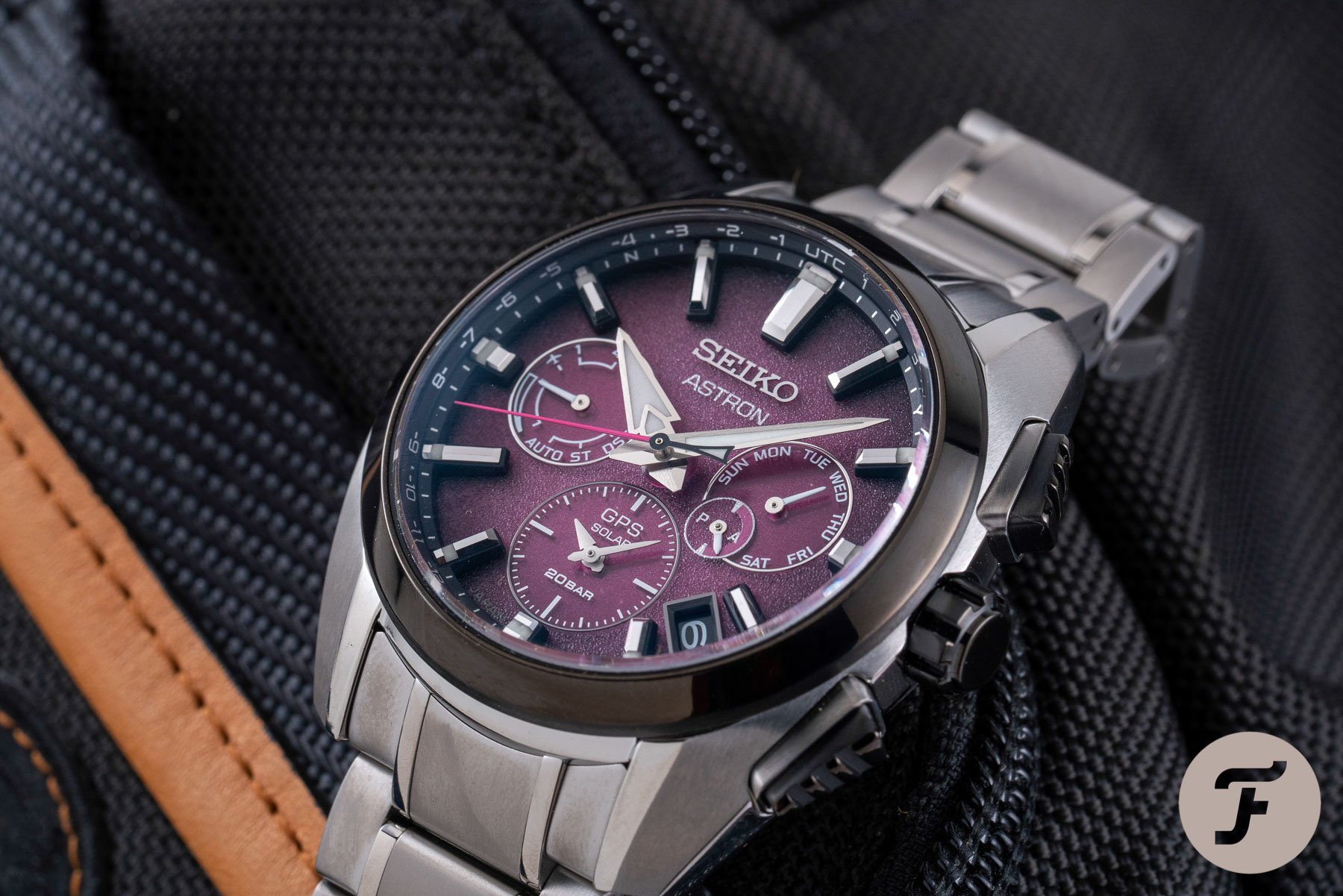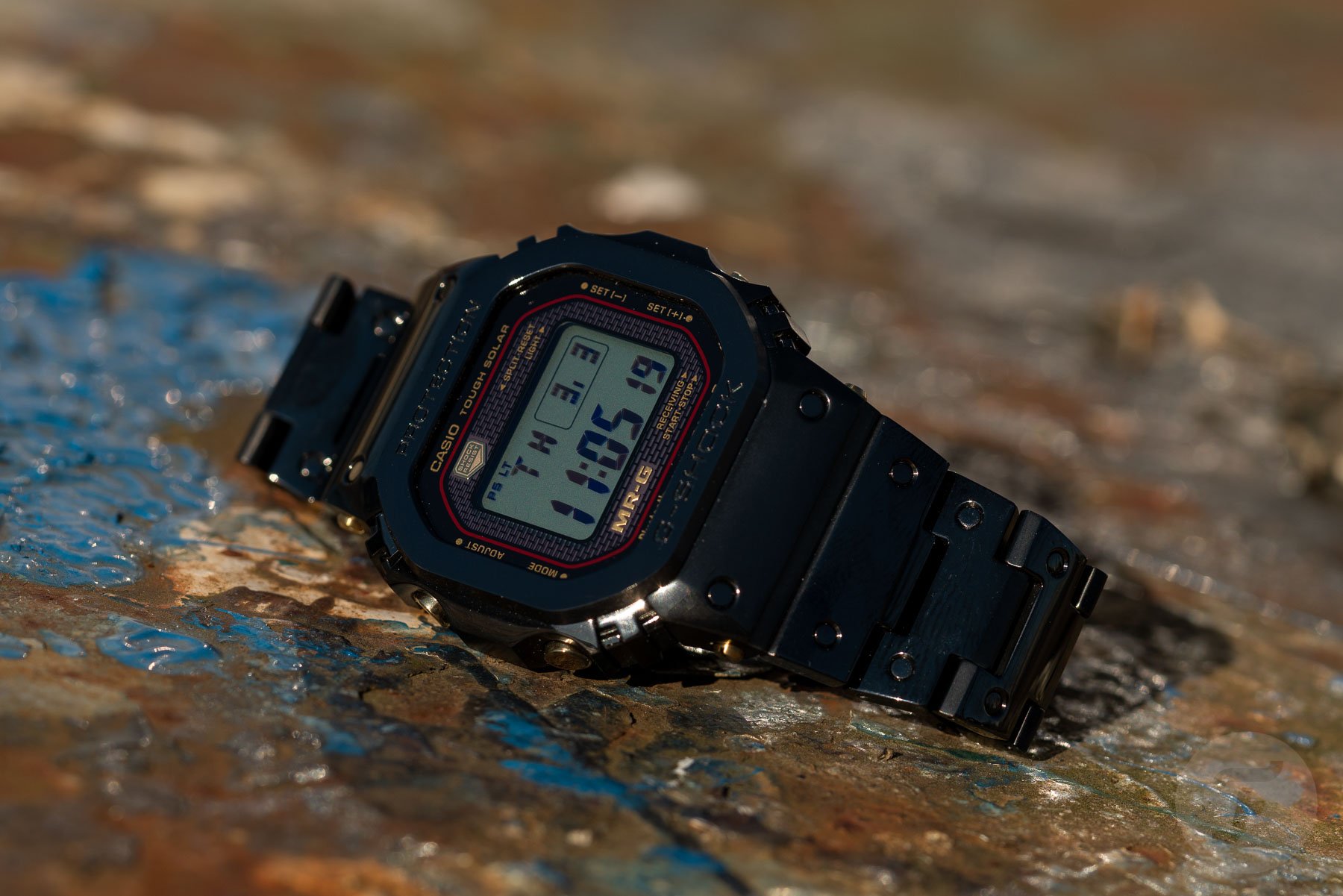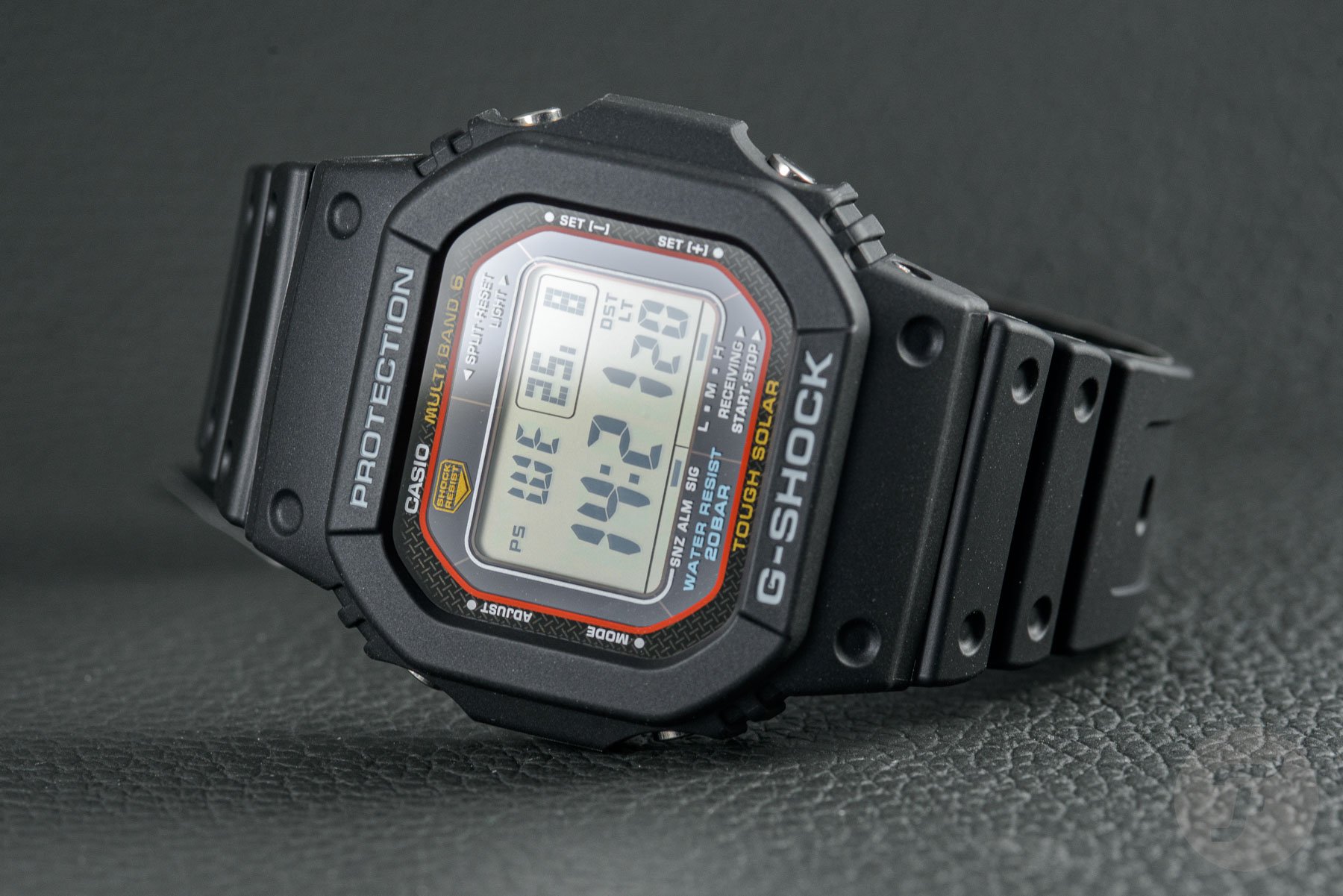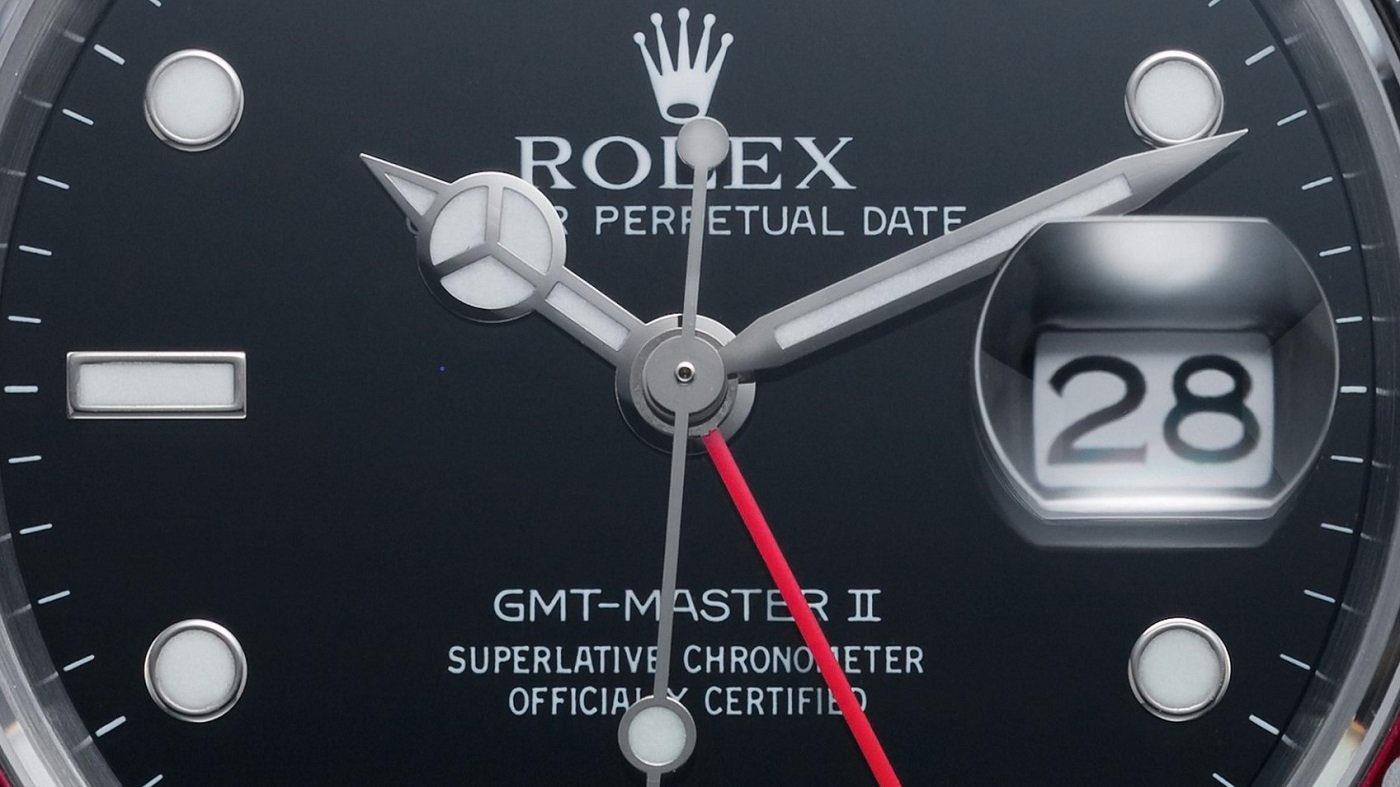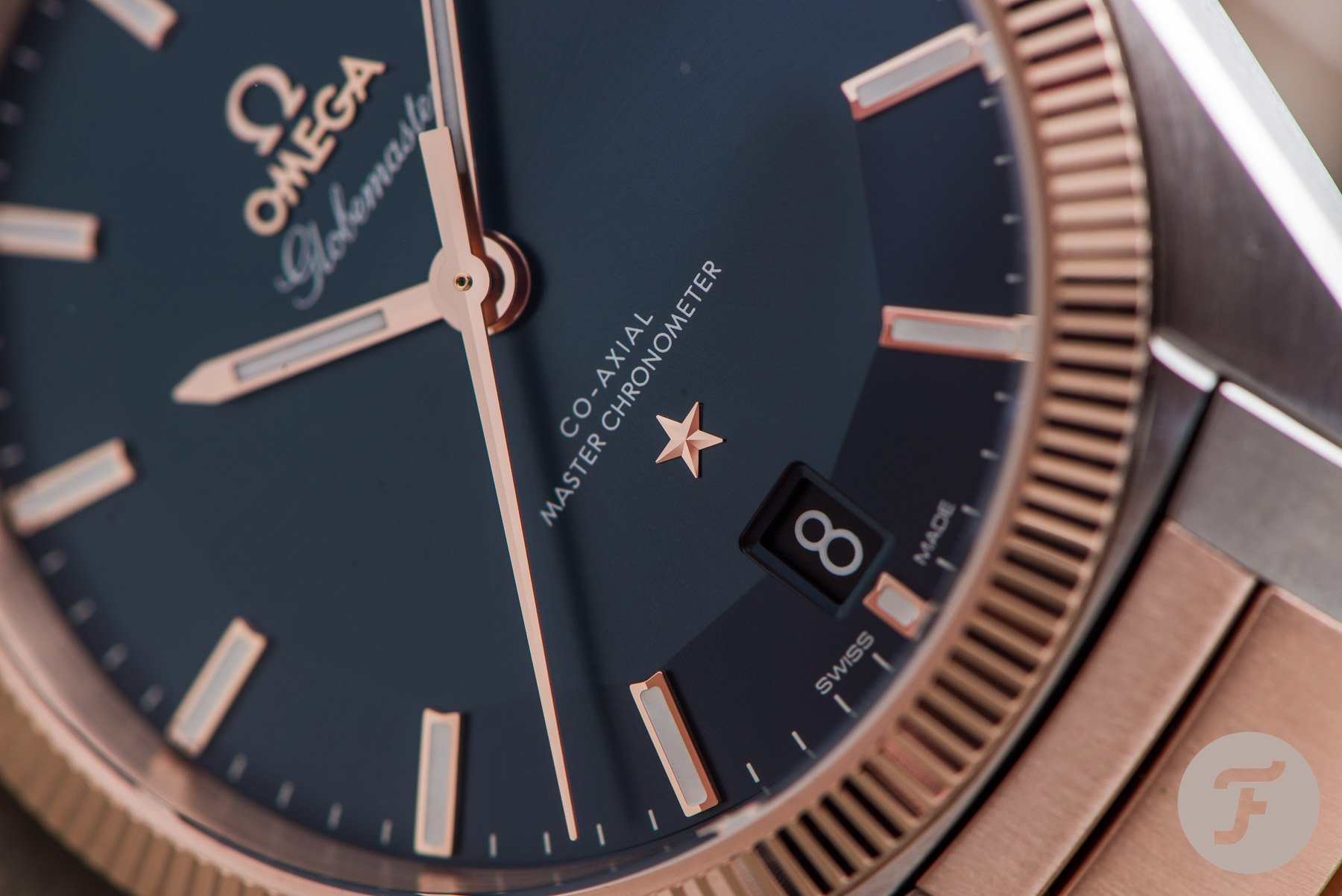The Ancient Quest For Accuracy — Is It A Noble Pursuit Or A Fool’s Errand?
It all started with a conversation in the office. An office that’s full of people who are crazy about watches, what they are, and what they can do. The functional core of a watch is, of course, telling time as accurately as possible. The ultimate goal of any watchmaker is to build a watch that tells time perfectly. This was the case in the past when a watch served an essential purpose, but it also does so in the present, as watchmaking is founded on ancient principles that are still upheld, even in times of atomic clocks. Nowadays, a mechanical watch is both a functional and emotional object. Does the emotional element outweigh the functional one? Is the ancient quest for accuracy a noble one that still makes sense in 2022? Or is it a fool’s errand? These questions lead me to ponder precision and what it means to me.
Just a couple of days after the question arose at Fratello HQ, Rob Nudds came to the office in The Hague. Rob worked, as you might know, as a watchmaker at Omega. I asked him if it was still a watchmaker’s ambition to build the most precise movement possible. He answered with a firm “yes”. From a watchmaker’s perspective, building a movement that runs as accurately as possible is a way for a watchmaker to distinguish him- or herself. Rob told me it was almost like a competition in the manufacture to tune a movement close to perfection. And he also tuned the movement in his own watch to chronometer standards, a time-costly but doable feat. But the watchmaker Rob Nudds is not the person that wants to catch the train to Dresden. That Rob Nudds sets his watch a few minutes early to make sure he catches his train.
The ancient quest for accuracy — John Harrison fixes the problem of longitude
Does Rob’s strategy sound familiar? I did the same thing myself when I depended on public transport, and it worked like a charm. But in the times of John Harrison (1693-1776) navigation depended on clocks, especially to calculate longitude. Let me refresh your memory. Lines of latitude — also called parallels — run in an east-west direction across our planet. Lines of longitude — also called meridians — run between the North Pole and the South Pole. Because latitude has a clear reference in the sky, it’s easier to figure out. Longitude, on the other hand, is much harder to determine. And that’s because our planet’s rotation continually changes the longitudinal position of a point on the earth’s surface with respect to the stars above.
Carrying the exact time with you
Harrison solved the problem of calculating longitude with a clock that didn’t need a delicate, impractical pendulum or lubrication, and which “would carry the true time from the home port, like an eternal flame, to any remote corner of the world.” Harrison’s clock was accurate to within 0.06 seconds per day, a remarkable, perhaps even astonishing achievement. By carrying the (almost) exact time with you that represents a fixed point on the earth’s surface, navigating the perilous seas became a lot safer and easier. The marine chronometer is a mythical object. And the status of Watchmaker to the Navy — a title that Ferdinand Berthoud and Louis-Abraham Breguet once held in France — was a prestigious one. The title has gone, but the quest for precision is kept very much alive by various modern-day watch brands and watchmakers.
The quest for accuracy will cost you dearly
Take German-born Bernhard Lederer, for instance. Lederer is one of the very first members of the Académie Horlogère des Créateurs Indépendants (AHCI), which was founded in 1985 and now consists of 34 members. After talking to him last year at Geneva Watch Days, it became clear to me that the quest for precision is hardly a thing of the past. Lederer is on a lifelong quest for innovation and excellence in chronometric precision and has developed his own Central Impulse escapement. Using Abraham-Louis Breguet’s natural escapement concept as inspiration, it combines the best traits of the Swiss lever and detent escapements. Lederer also uses a constant-force mechanism in the Central Impulse Chronometer. I was completely fascinated by the man and his time machine. The Central Impulse Chronometer is an astonishing watch that firmly stands in an epic tradition. But the CHF 128,000 watch is also very exclusive.
METAS above COSC
The Central Impulse Chronometer is certified as a chronometer by the Besançon Observatory and Contrôle Officiel Suisse des Chronomètres (COSC). This means that it has an average daily rate of between +6/-4 seconds per day. But you can do better for less and still wear a mechanical watch. There are a lot of Omegas and one Tudor out there that have a Federal Institute of Metrology (METAS) certification to show for themselves, meaning they have a daily deviation of 0/+5 seconds.
The Tudor Black Bay Ceramic is a Master Chronometer thanks to its automatic caliber MT5602-1U. Testing is done inside the special METAS Laboratory inside the Tudor manufacture. All Black Bay Ceramic Master Chronometer watches undergo the same tests for accuracy but also anti-magnetism (up to 15,000 gauss), accuracy with 30% of the movement’s power reserve, and water resistance. This watch will set you back €4,580.
Deviating from Harrison’s course
When it doesn’t have to be 100% mechanical, ultimate precision is even more within reach. As you might have read, I was very much impressed by the Grand Seiko Evolution 9 GMT SBGE285 “Mist Flake” (€8,500) not too long ago during Watches And Wonders. And it was not just the dial and the case shape that got to me, but also the gentle, smooth sweep of the seconds hand made possible by the Spring Drive caliber 9R66. This movement’s claimed accuracy of ±1 second per day or ±15 seconds per month is impressive. Most impressive. But in the end, it’s the movement of the seconds hand that does it for me and not the accuracy.
Atomic clocks and radio waves
When it comes to accuracy, I’m more impressed by my Astron. Interestingly, it’s not the accuracy itself that wows me. Rather, it’s the technology inside. The fact that a solar-powered Astron uses GPS to tell you the time is a story you tell your mates. I mean, the antenna in the bezel connects to satellites that carry atomic clocks which are accurate to one second in 100,000 years. Pretty neat stuff. The next topic of conversation will then probably be how cool/awful the purple dial of your limited-edition Seiko Astron GPS Solar SSH101J1 (€2,800) is. I seriously doubt anyone is interested in the fact that the quartz caliber 5X53 Dual-Time inside your purple Astron has a guaranteed precision of ±15 seconds per month without receiving a GPS signal and at temperatures between 5°C and 35°C.
It’s square to be precise
Another very accurate choice is the new Casio G-Shock MRG-B5000B-1DR titanium “square”, thanks to its Multi Band 6 technology. The watch uses terrestrial radio-wave reception from six transmission stations worldwide. Consequently, automatic time correction is available in Japan, North America, UK, Europe, and China. But that’s not what you talk about when you learn more about that titanium “square”. And that’s because it is a €4,000 watch. You will have to go into detail about the special titanium construction and the Cobarion alloy of the bezel that’s also used for biomedical applications. The Multi Band 6 tech is also present in the new GW-M5610U with module 3495, and that watch sells for €129. According to our in-house G-Shock expert Gerard, it’s probably “the best €129 you’ll ever spend on a watch.”
Accuracy can be quite the sight
Radio-controlled accuracy is not much of a unique selling point, though. The new MRG is all about the materials used, the construction, and the finishing. It tries to stand out in the way that most hand-made mechanical luxury watches want to stand out. It’s not the timekeeping qualities that are a priority in the buying process. Accuracy is no longer an absolute necessity. It has become a detail, one of many features on the spec list. And it most probably does not even rank very high on that list. But I do have to mention that quite recently while making a video about the similarities between the Cartier Santos and the square G-Shock, I had three Multi Band 6 models in front of me that were completely in sync with each other. And that was quite the sight. Very impressive, for sure.
Is the ancient quest for accuracy a noble one? This is my final answer
As an observer of watchmaking, my answer is yes, the ancient quest for accuracy is a noble one. I strongly believe that modern mechanical horology only can stay relevant when it honors its heritage. Haute Horlogerie is an emotional universe that only makes sense because it plays by an ancient, fundamental, horological “playbook”. Striving for accuracy and capturing the exact time is the highest goal of any watchmaker. That certainly was the case for legendary British horologist George Daniels (1921-2011). In 1982, Daniels achieved an accuracy of 0.28 seconds per day with the watch you see above, the Space Traveller I. The fact that in 2019 the watch sold in London for over £3.6 million proves that the watchmaker and his creation were truly special. It also proves that accuracy still has meaning.
Accuracy is now an emotion
On the other hand, I also strongly believe that either a COSC or METAS certificate with the watch — or having the words “Superlative Chronometer” or “Master Chronometer” on the dial — is mostly a nice bonus. It’s a relevant connection to the tradition of watchmaking, but in the majority of cases, it’s not the main reason to buy the watch in question. That’s because the exact time is so readily available to us that it also has become less “valuable”. And also, accuracy just doesn’t have to be expensive anymore. A mere €129 buys you a radio-controlled watch that won’t miss a second. And you could go even cheaper for a non-connected quartz watch. Instead of a difficult quest for accuracy, a quick pop to the shops will do.
Accuracy has become an emotional element of watchmaking. But as we all know, watch enthusiasts are willing to pay a healthy sum of money to connect to and enjoy their emotions of choice. Retro and vintage may be all the rage now. Maybe precision will be the next.
What are your thoughts? Is the ancient quest for accuracy a noble one, or is it merely a fool’s errand? And are you willing to pay a premium for a chronometer-certified watch? Let me know your stance on accuracy in the comments.
Please find and follow me at Lex Stolk • Instagram




